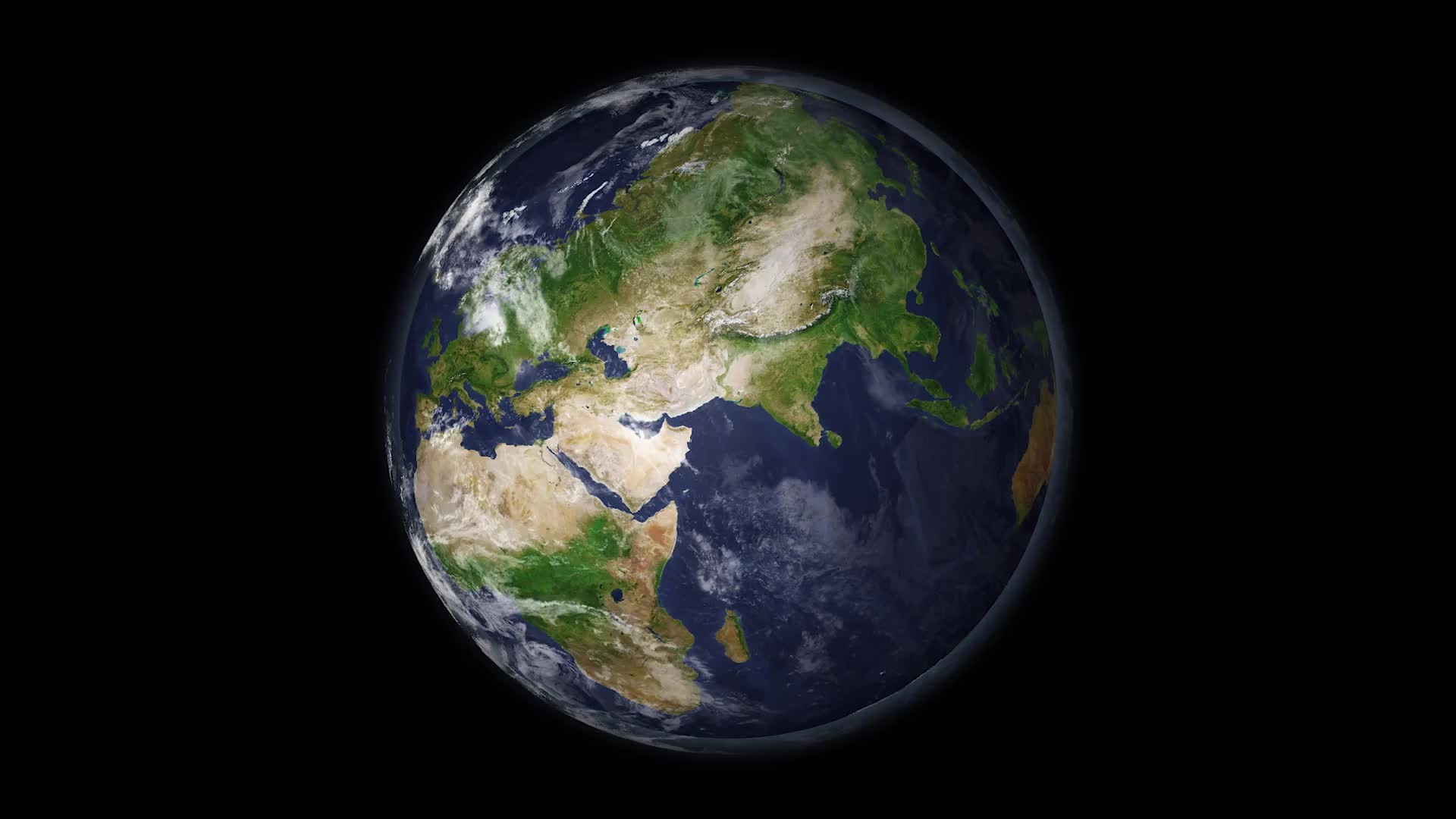Mobilise public and private funding
Mobilise public and private finance, including EU funding, by adopting robust policies such as auction schemes to strengthen Lithuania’s economy and meet energy and climate ambitions.
Last updated Jul 20, 2023

Mobilise public and private finance, including EU funding, by adopting robust policies such as auction schemes to strengthen Lithuania’s economy and meet energy and climate ambitions.
Complete the opening of the electricity and gas markets, reform energy and environmental taxes and levies, and promote energy technology innovation, with a view to boost competitiveness and accelerate the switch to clean energy technologies.
Enhance energy and climate governance to continuously review targets and monitor progress and implement the integrated National Energy Climate Plan (NECP). Update the NECP in the light of EU and national climate neutrality goals.
Intensify co-ordination with Baltic and Nordic neighbours on the design and implementation of climate and energy policies, including the implications for the security of electricity, gas and oil supply as well as cybersecurity.
Thank you for subscribing. You can unsubscribe at any time by clicking the link at the bottom of any IEA newsletter.